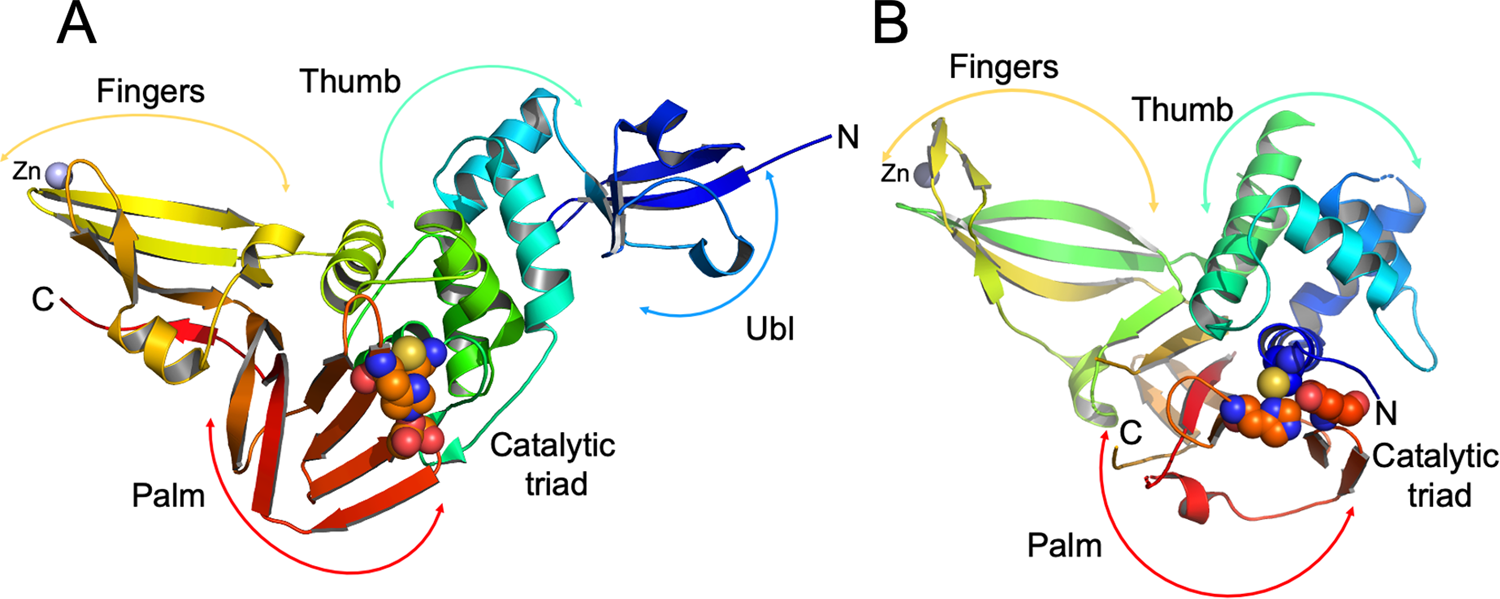OpenCV色彩识别在遥感领域的应用:从卫星图像分析到土地利用分类,解锁地球奥秘
发布时间: 2024-08-11 10:03:16 阅读量: 46 订阅数: 23 


# 1. OpenCV色彩识别概述**
OpenCV(Open Source Computer Vision Library)是一个开源计算机视觉库,提供广泛的图像处理和分析功能。色彩识别是计算机视觉中的一项基本任务,涉及识别和提取图像中的颜色信息。
OpenCV为色彩识别提供了各种技术,包括色彩空间转换、图像分割和特征提取。通过这些技术,我们可以将图像中的颜色信息转换为可用于分析和处理的数据。色彩识别在遥感图像分析、医学成像和工业自动化等领域有着广泛的应用。
# 2. OpenCV色彩识别技术
### 2.1 色彩空间转换
#### 2.1.1 RGB色彩空间
RGB(Red、Green、Blue)色彩空间是最常用的色彩空间,它由三个分量组成:红色、绿色和蓝色。每个分量表示图像中像素的强度,取值范围为0到255。RGB色彩空间是一种加色模型,即通过将三个分量相加来产生颜色。
#### 2.1.2 HSV色彩空间
HSV(Hue、Saturation、Value)色彩空间是一种基于人类视觉感知的色彩空间。它由三个分量组成:色调、饱和度和明度。
- **色调(Hue)**:表示颜色的类型,取值范围为0到360度。
- **饱和度(Saturation)**:表示颜色的纯度,取值范围为0到1。
- **明度(Value)**:表示颜色的亮度,取值范围为0到1。
HSV色彩空间是一种减色模型,即通过从白色中减去饱和度和明度来产生颜色。
### 2.2 图像分割
图像分割是将图像分解为不同区域的过程,每个区域代表图像中的一个对象或感兴趣区域。
#### 2.2.1 K-Means聚类
K-Means聚类是一种无监督图像分割算法。它将图像中的像素聚类为K个簇,每个簇代表图像中的一个对象。
**算法步骤:**
1. 随机选择K个初始聚类中心。
2. 将每个像素分配到离它最近的聚类中心。
3. 重新计算每个聚类中心的平均值。
4. 重复步骤2和步骤3,直到聚类中心不再变化。
#### 2.2.2 Otsu阈值化
Otsu阈值化是一种基于直方图的图像分割算法。它通过找到直方图中最大类间方差的阈值来分割图像。
**算法步骤:**
1. 计算图像的直方图。
2. 对于每个可能的阈值,计算类间方差。
3. 选择类间方差最大的阈值。
4. 使用该阈值将图像二值化。
### 2.3 特征提取
特征提取是从图像中提取代表性特征的过程,这些特征可以用于识别和分类对象。
#### 2.3.1 直方图
直方图是一种统计特征,它显示了图像中像素在不同强度或颜色范围内的分布。
**代码示例:**
```python
import cv2
import numpy as np
# 读取图像
image = cv2.imread('image.jpg')
# 计算直方图
hist = cv2.calcHist([image], [0], None, [256], [0, 256])
# 绘制直方图
plt.plot(hist)
plt.show()
```
**逻辑分析:**
该代码使用OpenCV的`calcHist`函数计算图像的直方图。`[image]`指定要计算直方图的图像,`[0]`指定要计算的通道(0表示灰度图像),`None`指定不使用掩码,`[256]`指定直方图的尺寸(256个bin),`[0, 256]`指定直方图的取值范围。
#### 2.3.2 纹理分析
纹理分析是一种特征提取技术,它用于描述图像中纹理的属性。
**代码示例:**
```python
import cv2
# 读取图像
image = cv2.imread('image.jpg')
# 计算纹理特征
features = cv2.getTextureFeatures(image, np.array([cv2.TEXTURE_ENERGY, cv2.TEXTURE_CONTRAST]), None)
# 打印特征
print(features)
```
**逻辑分析:**
该代码使用OpenCV的`getTextureFeatures`函数计算图像的纹理特征。`image`指定要计算特征的图像,`np.array([cv2.TEXTURE_ENERGY, cv2.TEXTURE_CONTRAST])`指定要计算的特征类型,`None`指定不使用掩码。
# 3.1 卫星图像分析
**3.1.1 地物识别**
遥感图像色彩识别在卫星图像分析中的一个重要应用是地物识别。通过分析图像中不同地物的色彩特征,可以识别出各种地物类型,如建筑物、道路、植被和水体。
地物识别通常涉及以下步骤:
1. **图像预处理:**对原始卫星图像进行预处理,去除噪声和增强图像对比度。
2. **色彩空间转换:**将图像从RGB色彩空间转换为更适合地物识别的色彩空间,如HSV
0
0





